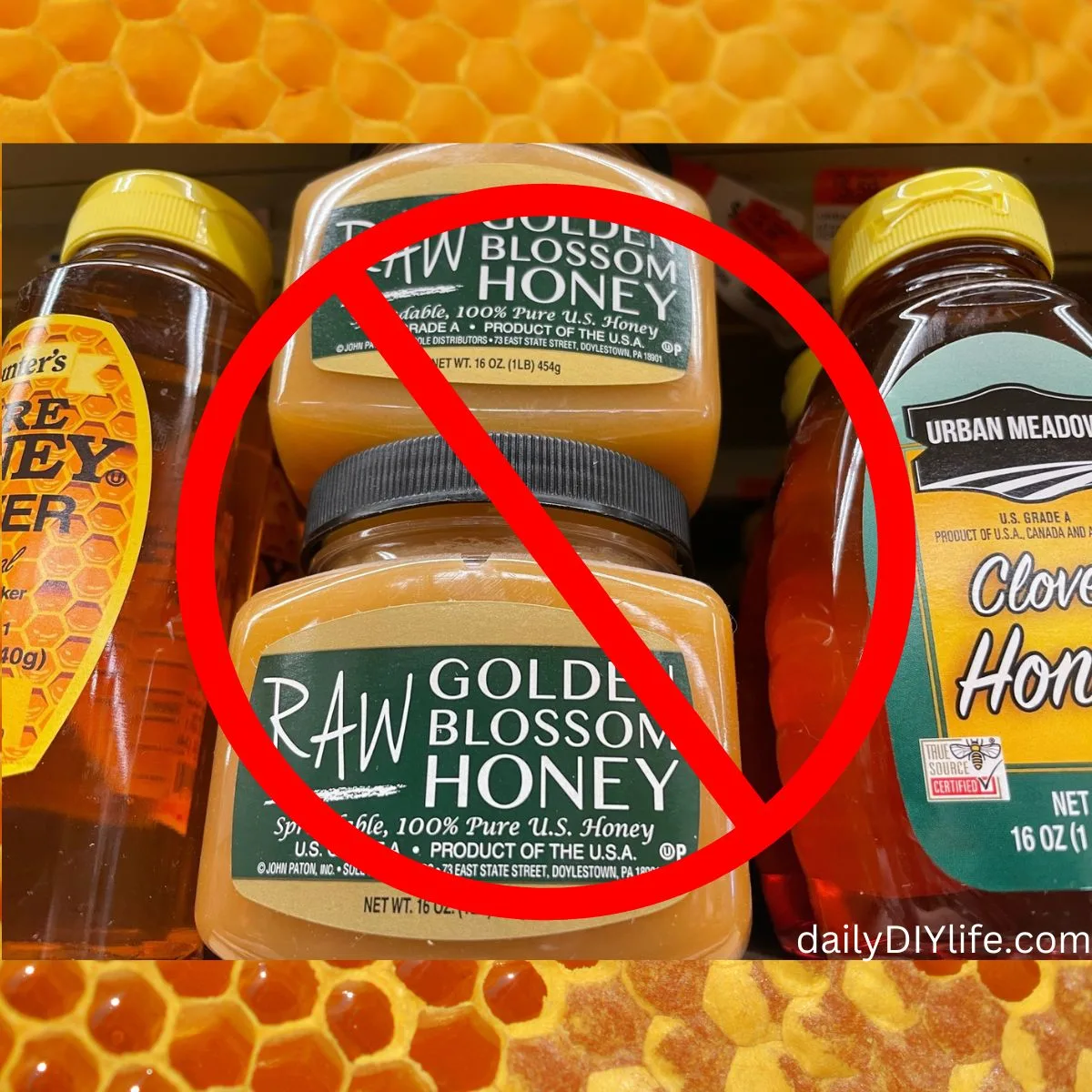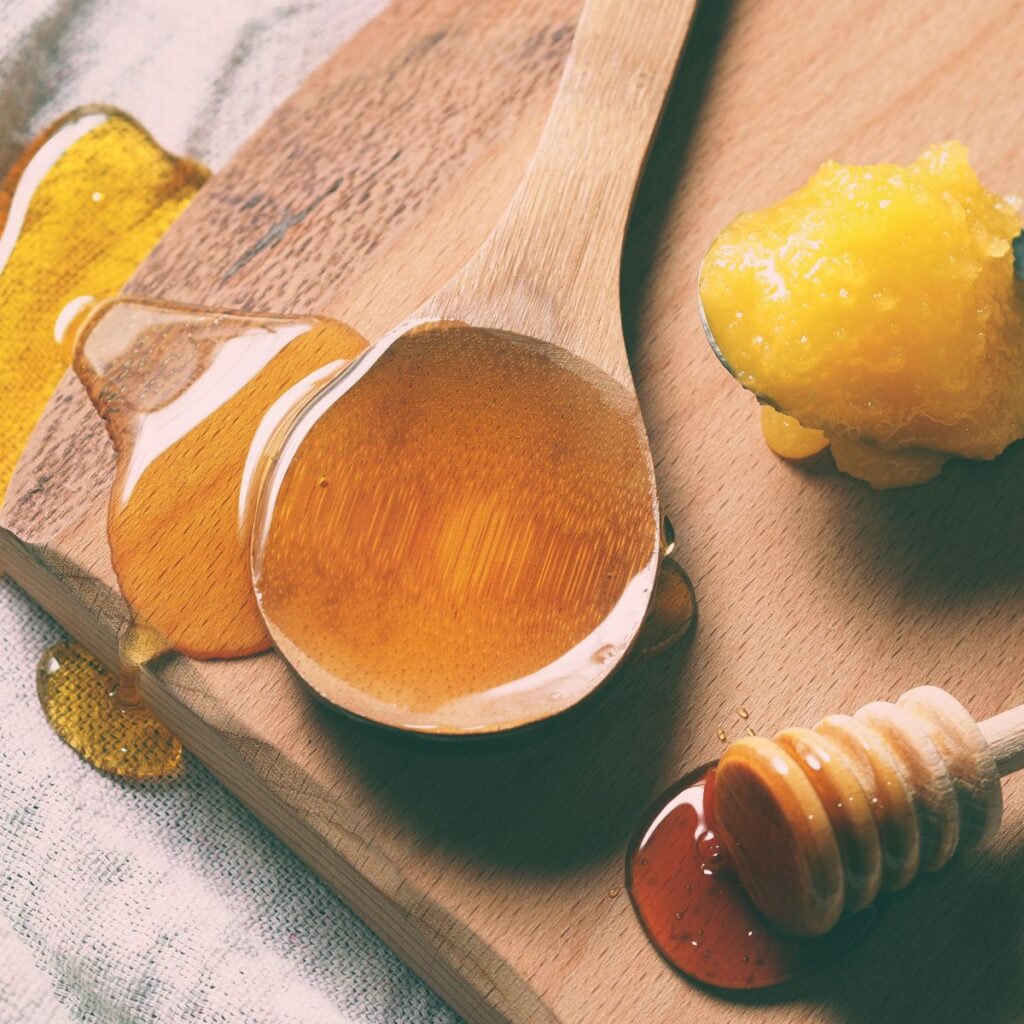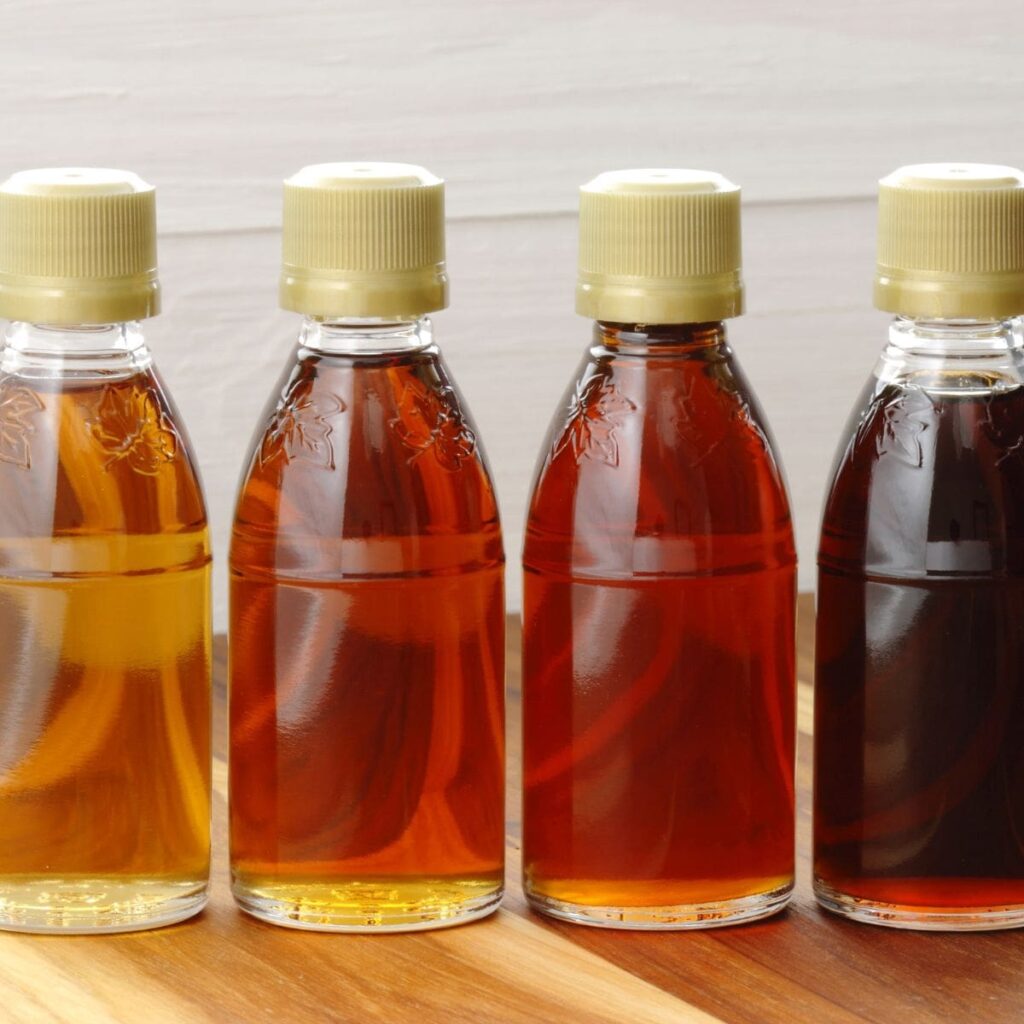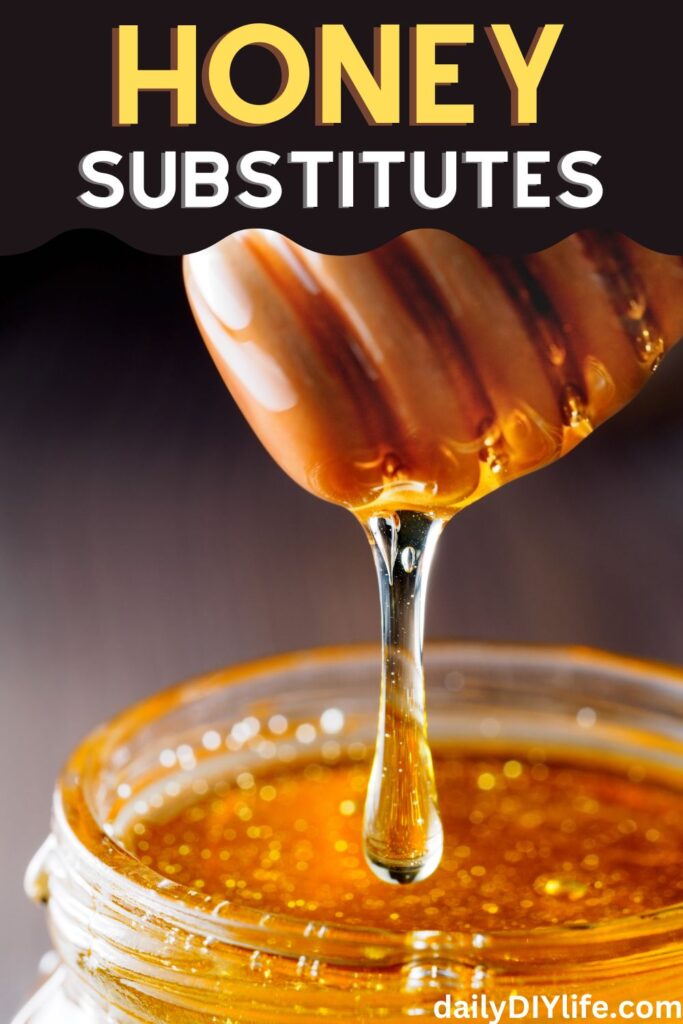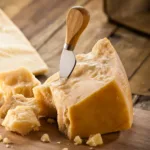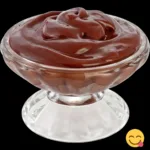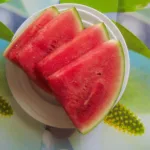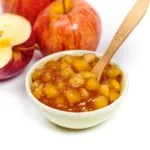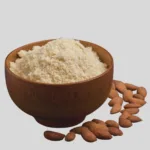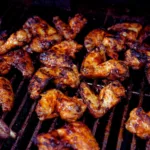There are plenty of excellent honey substitutes out there. You just need to know which substitutes are the most appropriate for certain dishes. We can help!
Do you have a honey allergy? Or maybe you’re just out of honey and need a substitution. There are plenty of substitutes for honey that can be used in cooking and baking. From agave nectar to molasses, there are plenty to choose from. Check out our list of 22 of the best honey substitutes and get cooking!
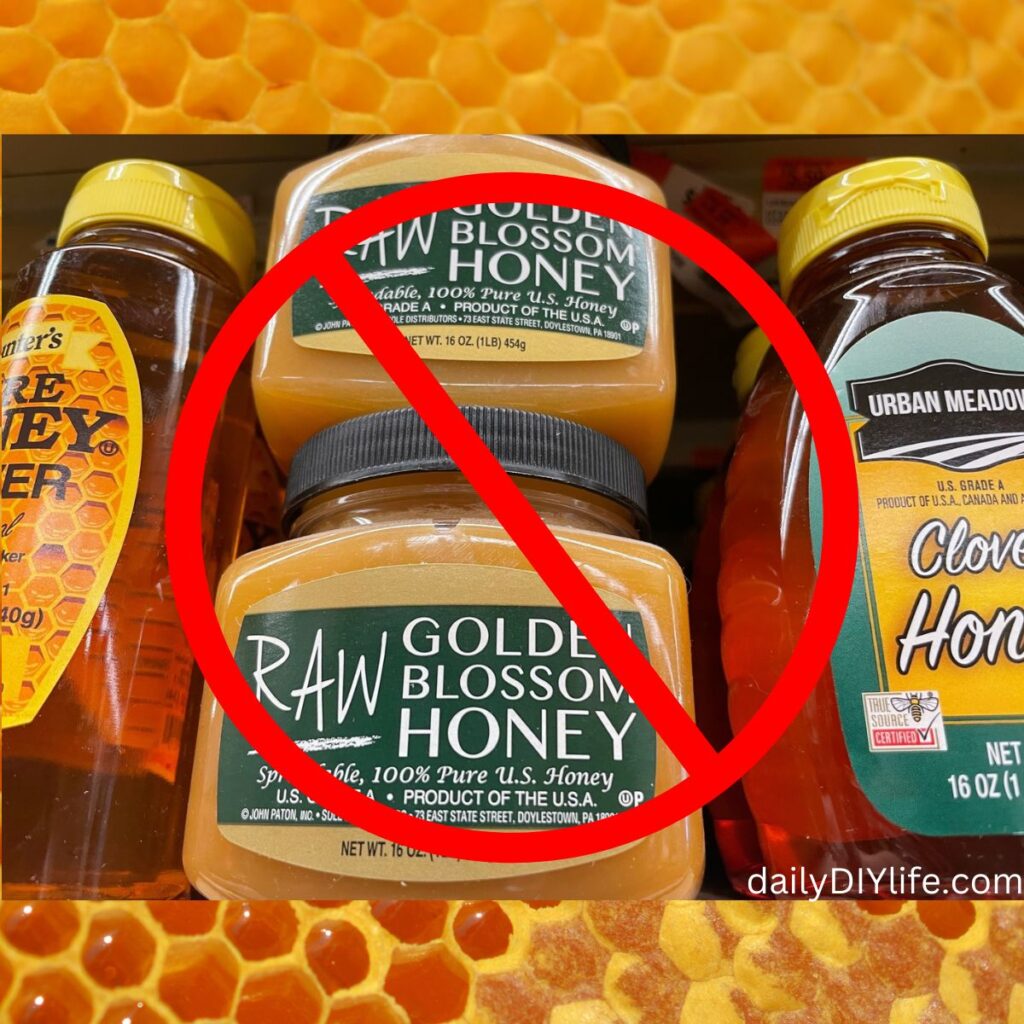
Keto Honey Substitutes
1) Stevia
Stevia is a plant-based, no-calorie sweetener that has been used for centuries in South America. The leaves of the Stevia rebaudiana plant are about 30 times sweeter than sugar, making it a popular choice for those looking to lower their intake of added sugars. Stevia sweeteners are now widely available in many different forms, including powders, liquids and tabletop packets.
How Much to Use:
Stevia is super sweet so for every 1/4 cup of honey, use only 1/3 teaspoons of stevia.
2) Allulose
Allulose is a low-calorie sweetener that’s derived from fruits such as figs and raisins. Generally, it tastes a little less sweet than table sugar. Allulose is also metabolized differently than other sugars, so it doesn’t cause the same spike in blood sugar levels. This makes it an excellent honey alternative for people who have diabetes or are on a low-carb diet.
How Much to Use:
Use a 1.25:1 ratio (1.25 Allulose to 1 portion of Honey)
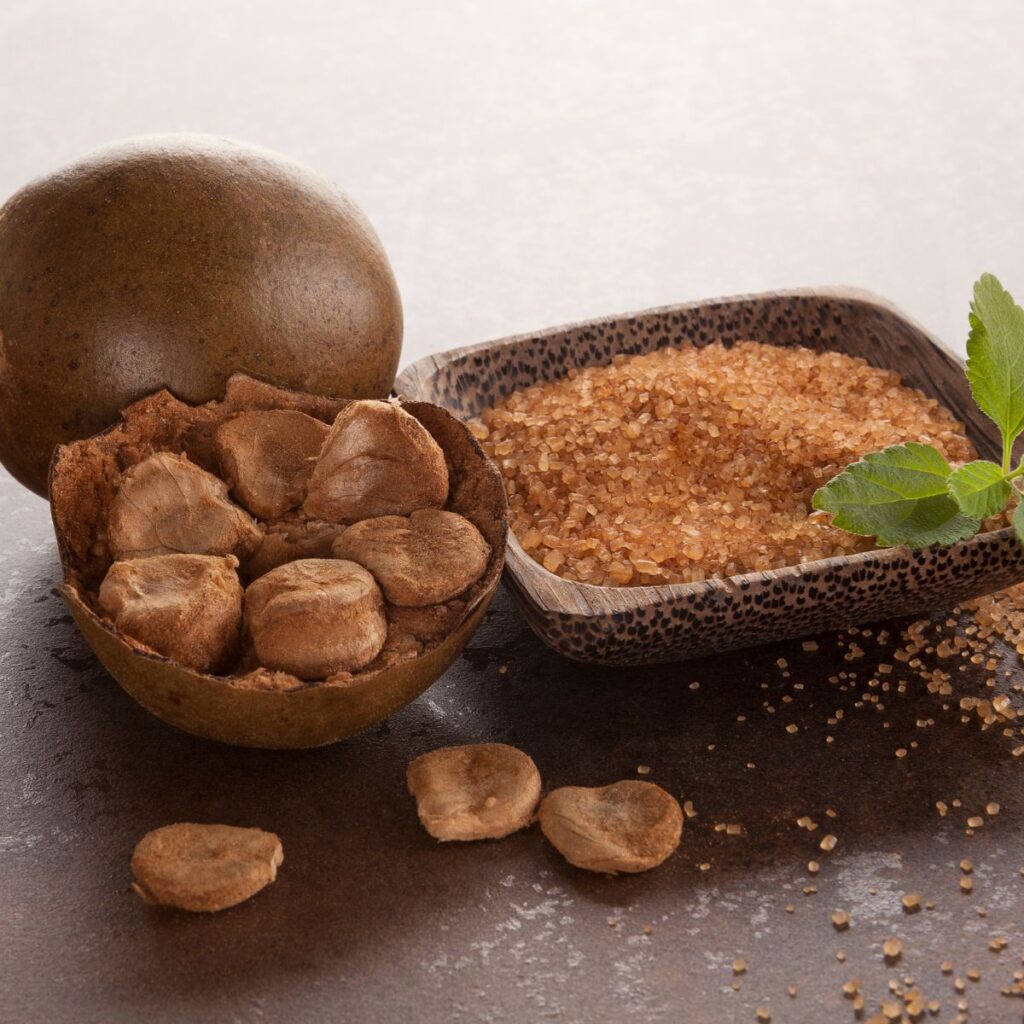
3) Monk Fruit Sweetener
If you’re tired of sweeteners that don’t taste quite like real sugar or honey, Monk Fruit is a good alternative. In addition to being keto, it tends to taste more like actual sugar than some other low-calories sweeteners.
However, depending on where you are purchasing it, it can be more expensive. So keep that in mind when planning your recipe or checking out at the grocery store. We don’t want you to have sticker shock!
How Much to Use:
Monk Fruit is super sweet so for every 1/4 cup of honey, use only 1/3 teaspoons of Monk Fruit Sweetner.
4) Erythritol
You’ve probably heard of erythritol but might not know what it is. Erythritol is a sugar alcohol that is naturally found in some fruits and vegetables. It can be used as a honey substitute and is keto-friendly.
Erythritol is non-glycemic and low in calories. You should know, however, when using that is used too much erythritol can cause a stomach upset such as gas, diarrhea, or cramping. You’ve probably heard of the infamous sugar-free gummy bear reviews. If you haven’t, check them out. They’re hilarious.
How Much to Use:
Use a 1:1 ratio
Paleo Honey Substitutes
5) Maple Syrup
Maple syrup is a popular honey substitute that is made from the sap of maple trees. You’re familiar with maple syrup on waffles and pancakes, but that syrup is not always pure maple syrup.
When substituting maple syrup for honey, make sure you purchase pure maple syrup with a single ingredient and no additives. It’s more expensive than say Aunt Jemima or Log Cabin, but it’s worth the additional cost.
How Much to Use:
Use a 1:1 ratio
6) Date Syrup
Though you may just be hearing of date syrup recently (or just now!), it’s not a new thing. Date syrup has actually been around for hundreds and hundreds of years and has been used in Middle Eastern cuisine for generations.
It’s an excellent substitute for honey not only because of its consistency (similar to honey) but also because it contains a ton of potassium, magnesium, and calcium. Compared to honey, it has about twice as much of these three minerals. Not to mention about ten times the amount of antioxidants.
How Much to Use:
Use a 1:1 ratio
7) Date Sugar
Date sugar is similar to date syrup and is made from dried dates that have been ground into a powder. Date sugar is also an adequate substitute for honey. Date sugar, as opposed to honey, is a dry ingredient. So depending on your recipe, you might want to opt for date syrup. Or, add additional liquid to ensure there is enough moisture in your recipe.
How Much to Use:
For a sweeter end result, 1:1 ratio. Use a 3/4:1 ratio (3/4 date sugar to 1 cup of honey), if you want a similar level of sweetness to honey.
8) Molasses
While technically not a honey substitute, molasses can be used in recipes that call for honey.
Molasses is made from cane or beet sugar that has been boiled down to remove the water content. Molasses has a distinct taste to it, different than honey. So though it can be used as a honey substitute, it does taste different. It has an almost smokey flavor.
Depending on the type you purchase (light, medium, blackstrap) this smoky flavor will either be lighter or more intense.
Because of its strong flavor, molasses is not always the best substitute for honey. If you do substitute it, start by using half as much molasses as you would honey.
How Much to Use:
Use a 1:2 ratio between molasses and honey. Meaning if your recipes can for 2 tablespoons of honey, only use 1 tablespoon of molasses.
9) Coconut Sugar
Coconut sugar is a honey substitute that is made from the sap of coconut palms. Like all of the dry honey substitutes on this list, it can be used. But remember to think about how it is being used. Is your recipe relying on the moisture and consistency of the honey? If the answer is yes, use a honey substitute with more moisture and save the dry substitute for another recipe.
How Much to Use:
Use a 1:1 ratio (You make need to add water to account for the liquid in honey).
More Honey Substitutes
10) Fruit Juice Concentrates
Fruit juice concentrate are another type of honey substitute that is made from fruit juices that have been boiled down to remove the water content.
Fruit juice concentrates are made in a few different ways. These can include vacuum concentrate, freeze concentration, membrane concentration, and aroma recovery. That’s a lot of info that you probably don’t need to know, but it’s interesting! In short, fruit juice concentrates are great honey alternatives, especially if you are vegan.
How Much to Use:
Use a 1:1 ratio
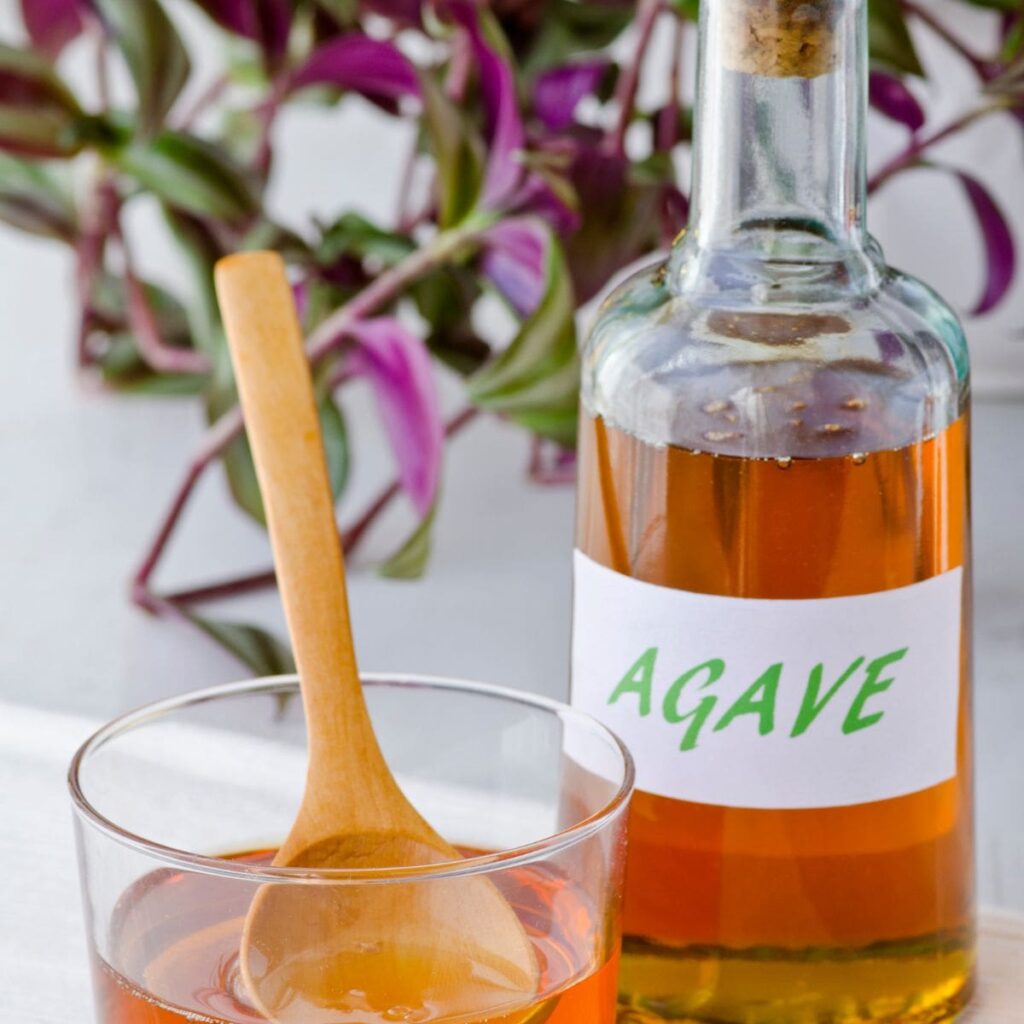
11) Agave Nectar
Agave nectar is another popular honey substitute that is made from the sap of agave plants. It definitely had its moment. Darker in flavor than honey, agave nectar is a great substitute for baking. It’s also vegan!
How Much to Use:
Use a 1:1 ratio
12) Rice Malt Syrup (Contains Gluten)
Rice Malt Syrup (also known as brown rice syrup) is a very sweet syrup that can be used as a substitute for honey. The syrup actually made from brown rice that has been fermented with enzymes to break down the starches into glucose. The glucose is then turned into syrup. So, just like honey, there is no gluten in brown rice syrup.
How Much to Use:
Use a 1:1 ratio (However, it is highly recommended that you add the rice malt syrup slowly since it is super sweet).
13) Barley Malt Syrup (Contains Gluten)
Barley malt syrup is a great honey substitute because it is less sweet than honey, so it can be used in savory dishes as well as sweet ones. It also has a nutty flavor that goes well with baked goods.
What is Barley malt syrup? Barley malt syrup is made from sprouted barley that has been dried and roasted. The barley is then ground into a powder and combined with water to form a syrup.
How Much to Use:
Use a 1:1 ratio
14) Dark Corn Syrup or Light Corn Syrup
Though corn syrup gets a bad rap, it is a legitimate substitute for honey. Corn syrup (not high-fructose corn syrup) is simply sugar that has been extracted from corn and put into a liquid form. It’s similar to making a simple syrup.
When deciding on whether to use light corn syrup or dark corn syrup in your recipe, think about what you are making. Though both versions are similar, they are slightly different. Light corn syrup tends to have a vanilla flavor, while dark corn syrup can sometimes include molasses. Either version works, it just depends on what flavor you are looking to get.
How Much to Use:
Use a 1:1 ratio
15) Golden Syrup
Golden syrup typically has a smooth golden-color and is a thicker syrup made from cane sugar. It has a buttery scent and a someone caramel flavor which makes it a good substitute for honey. It tends to be less sweet than either light or dark corn syrup.
Golden syrup is also called light treacle. An important note is that light treacle is different than dark treacle. Dark treacle is closer in taste to molasses. Golden syrup is often used as a sweetener in baking, and it can also be used as a glaze or sauce.
How Much to Use:
Use a 1:1 ratio
16) Yacon Syrup
Yacon syrup comes from the roots of the yacon plant, indigenous to South America. Some people think that yacon syrup tastes similar to caramel which makes it a good substitution for honey.
Though it has both digestible and indigestible sugars, the indigestible sugars are not absorbed by the gut so Yucon syrup has around 1/3 of the number of calories as say, sugar.
How Much to Use:
Use a 1:1 ratio
17) Coconut Nectar
Coconut nectar (not to be confused with coconut syrup) is a sweet syrup that is unrefined. It’s made from coconut sap, similar to how maple syrup is made from the sap of maple trees.
One benefit to using it as a substitute for honey is that coconut nectar has a lower glycemic index than sugar, with an index of 35. It’s also vegan, as opposed to honey.
How Much to Use:
Use a 1:1 ratio
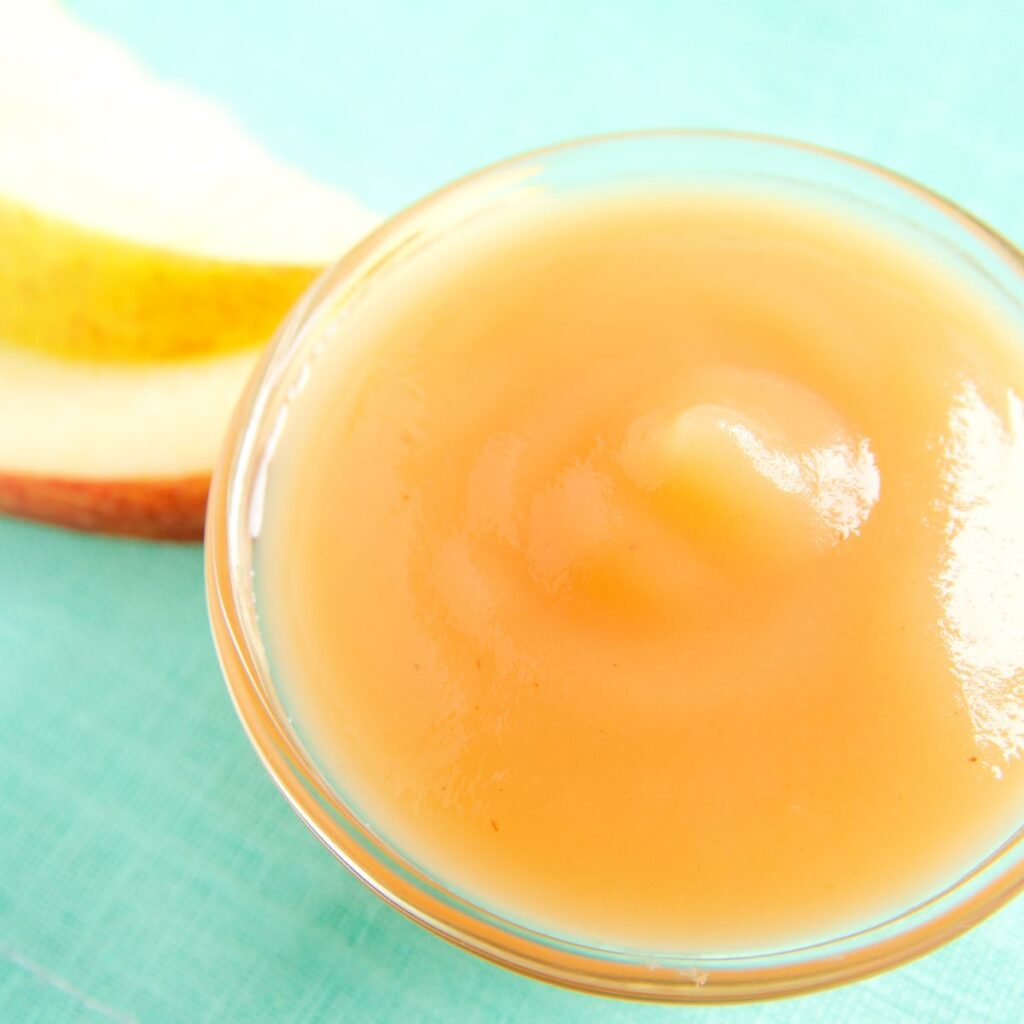
18) Apple Sauce
Apple sauce can be a good substitute for honey in some recipes. It has a similar consistency and sweetness, but it is a bit more tart.
Since the consistency is similar to honey, it is a better substitute than, say, a dry ingredient like sugar. Just make sure to consider that if your apple sauce is not sweetened, your recipe could come out significantly less sweet than you intended. If you’re worried about this, going with a sweetened apple sauce might be a better bet.
How Much to Use:
Use a 1:1 ratio
19) Mashed Bananas
Since bananas are also sweet, they can be used as a substitute for honey if you’re in a pinch. Remember, the older and more brown the bananas, the sweeter and moister they will be.
For best results, use overripe bananas, add them to a food processor with a tablespoon or two of water to get a similar consistency to honey.
How Much to Use:
Use a 1:1 ratio
20) Jaggery
Jaggery can also be used as a Honey Substitute and has a similar consistency. The taste of jaggery can vary depending on what is made from it, with some types being more like molasses while others are closer to raw sugar.
What is jaggery? Jaggery is made by boiling sugarcane juice or date palm sap until it thickens and then formed into blocks. A type of unrefined cane sugar made in Asia, Africa, Latin America, and the Caribbean, Jaggery also is known is asa, gur, and panela, depending on the country. Jaggery is made by boiling sugarcane juice or date palm sap until it thickens and then formed into blocks.
How Much to Use:
Use a 1:1 ratio
21) Dandelion Honey
What is Dandelion Honey? Imagine the taste of fresh-from-the bees’ floral honey, but with no animals involved. Rather than using pure cane crystals or even corn syrup as replacements, Dandelion honey is a syrup made from 100% Dandelion Flowers.
How Much to Use:
Use a 1:1 ratio
22) Sorghum Syrup
Sorghum syrup is a good replacement for honey. What is Sorghum syrup? Used for centuries, Sorghum syrup (also known as Sorghum Molasses) is a natural and healthy sweetener from a planted called “sweet sorghum”, a plant that originally grown in Africa before spreading worldwide.
As an added benefit, Sorghum syrup is chock full of vitamins and minerals. According to American Homestead, sorghum has way more minerals into than honey. In the below image you can see Sorghum has more Calcium, Iron, Magnesium, Phosphorus, Potassium, Sodium, Zinc, Copper, Manganese, and Selenium than honey. Only honey wins the nutrition battle against Sorghum when it comes to Fluoride (Honey has 8.4 mcg vs. 2.04mcg).

Note: If your baking recipe includes baking powder, oyou should avoid using sorghum syrup as a honey substitute since sorghum and baking powder do NOT mix. (Baking soda is fine)
How Much to Use:
Use a 1:1 ratio (Reduce the sugar in the recipe by a third since sorghum is sweeter than honey).

